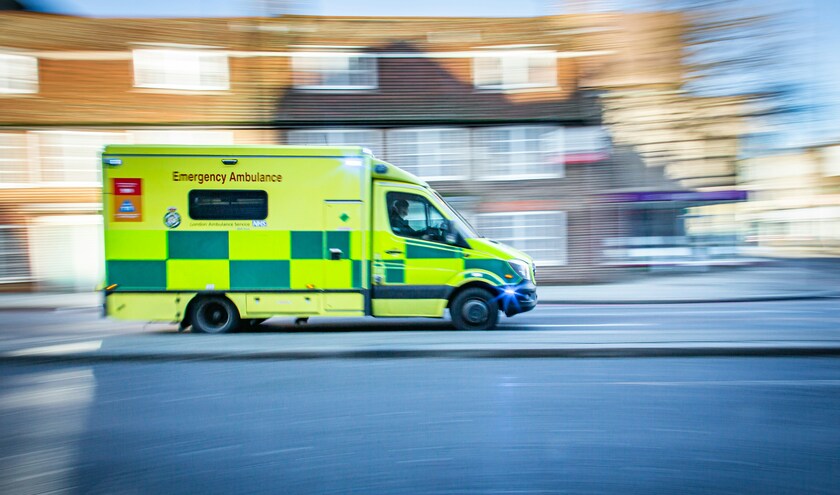Figures obtained by Personal Injury Claims UK show staff injuries increased to 9,631 over the past year after declining to a three-year low of 9,365 in 2022/23.
The South Central Ambulance Service logged the most injuries, totalling 7,386, followed by the London Ambulance Service, which recorded 4,927 injuries.
The most common manual handling injuries were musculoskeletal disorders.
Figures from the Association of Ambulance Chief Executives revealed over 20,000 incidents of violence, aggression and abuse were directed at staff across the 14 UK ambulance services in the 2024/25 financial year.
The number of incidents is the highest ever recorded in the sector and equates to at least 55 ambulance staff being abused or attacked every day, ranging from common assault to serious attacks.
Unison national ambulance officer Sharan Bandesha said: ‘No one should be attacked for simply doing their job. Ambulance workers who respond to emergencies, from heart attacks to car crashes, are trying to save lives.
‘Rising pressure on the health service has created a toxic environment where violence and abuse are becoming far too common. This is unacceptable. Staff are being left traumatised, injured and even forced out of roles, which makes the workforce crisis worse.'
An SCAS spokesperson said: ‘We provide a variety of training to staff to minimise the risk of workplace injuries, such as manual handling and training in how to avoid muskoskeletal injuries from, for example, lifting patients. This training follows national standards.
‘In addition, we provide training to staff aimed at preventing injuries from other people whilst they're on duty, such as conflict resolution training and access to body cameras.
‘It is unfortunate when a staff member is injured at work and the trust provides a range of physical and psychological health support. The staff member will - after any required period of rest and recuperation away from work - receive a back-to-work interview where we can identify any reasonable adjustments that need to be made to minimise the risk of similar injuries occuring. This can include a phased return to work, as well as a temporary period of alternative duties or redeployment to another role at SCAS.'



